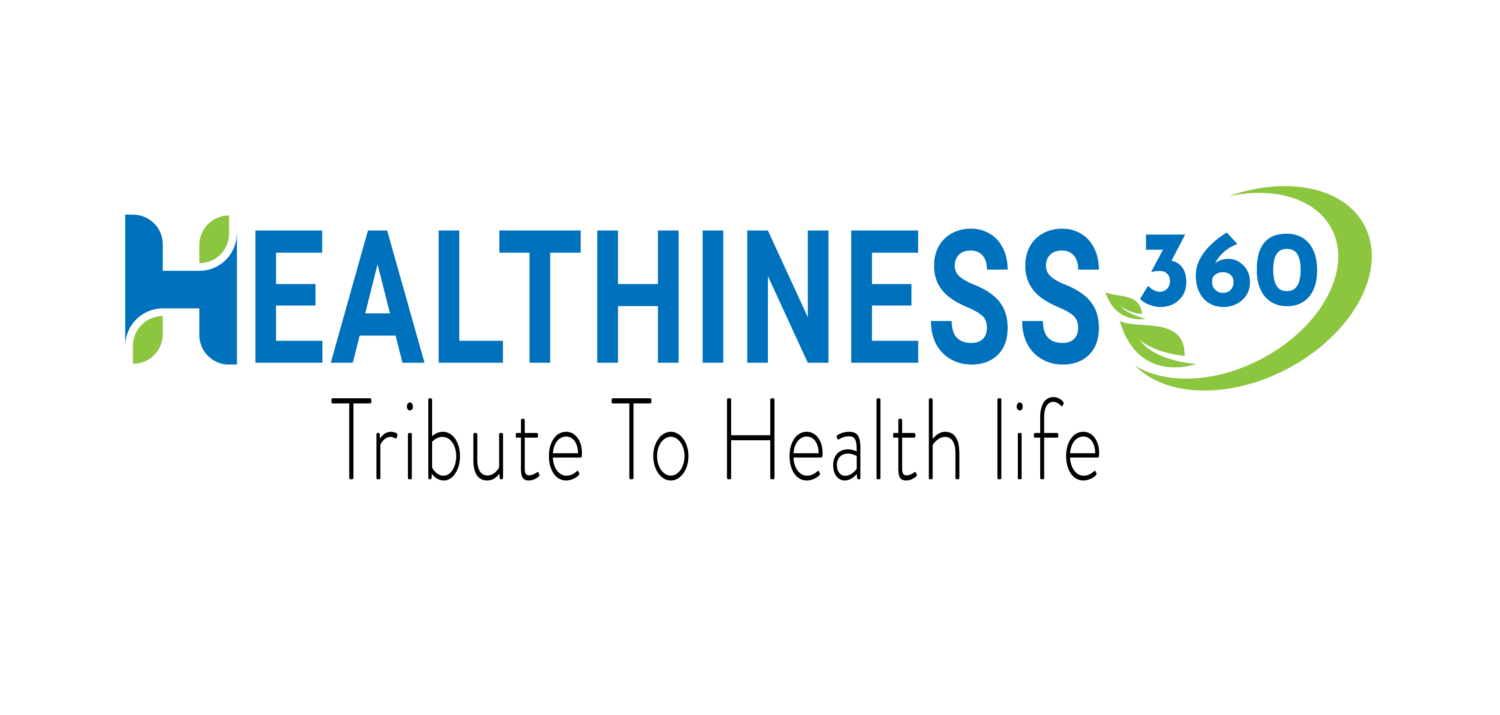Introduction
High cholesterol is a major risk factor for developing cardiovascular disease, and statins are the most effective treatment for high cholesterol. In some cases, though, you can reduce high cholesterol and risk of heart disease by making healthy lifestyle changes—especially if you’re overweight or obese.
Exercise Regularly
Regular exercise can help you reduce blood cholesterol, improve heart health and lower your risk of type 2 diabetes.
Exercising regularly has been shown to improve mood and sleep quality; it also helps you lose weight as well as reduces your risk of developing depression or anxiety disorders.
Regular physical activity helps maintain a healthy weight by burning more calories than what you consume in food at each meal or snack.
You must get enough physical activity during the day – walking briskly for 10 minutes three times per week is an easy way to do this!
The best way to get enough physical activity is by doing something that you enjoy. You could join a sports club, go walking or running with friends, play tennis or even take up gardening! The important thing is that you make it part of your daily routine.
Eat More Soluble Fiber
Eating soluble fiber helps lower cholesterol levels by binding to LDL (the bad kind) and removing it from the body. Soluble fiber is found in foods such as beans, oats, nuts, and seeds.
The FDA recommends that adults consume at least three grams of soluble fiber per day for optimum health benefits. For some people with high cholesterol, this amount may be too much because they can become constipated or experience bloating after eating too much insoluble fiber.
You should talk to your doctor about how much soluble fiber you need to eat every day if you want to reduce your risk of heart disease or stroke.
For most people, the best way to increase their fiber intake is by eating a balanced diet that includes fruits, vegetables, and whole grains. You can also take a fiber supplement if you don’t get enough in your food.
Eat omega-3 fatty acids
Omega-3 fatty acids are a type of polyunsaturated fat found in some fish, fish oils, and flax seeds. They’re also used to help fight inflammation and lower triglycerides.
Studies have shown that eating omega-3s can reduce LDL cholesterol levels by up to 15%.
The most common form of omega-3s is eicosapentaenoic acid (EPA). It’s found in fatty fish like salmon, mackerel, and herring. The other type is docosahexaenoic acid (DHA), which is found in fatty fish and shellfish like tuna, sardines, and crab. Along with eating fatty fish, many people take omega-3 supplements. These can be found as gummies or capsules that can be taken daily to help lower cholesterol levels.
Lose Excess Weight
If you’re overweight, losing weight is the most effective way to reduce cholesterol. Not only will it help lower your triglycerides, but as many as 30% of people with high cholesterol have a poor relationship between their body mass index and their LDL cholesterol levels.
To lose weight, try these tips:
- Cut back on fatty foods such as meat and cheese – Eat more fruits and vegetables instead; they’re low in saturated fat and can help lower triglycerides by lowering inflammation in the body.
- Drink plenty of water – The nutrients found in water help boost metabolism so that you burn more calories even when you’re at rest (which means burning off those extra pounds).
- Exercise regularly – This helps keep blood pressure down without creating more stress on your heart since aerobic exercise uses oxygen from the lungs rather than from anaerobic sources like muscles or liver cells (like when we exercise too much).
If you’re struggling with maintaining your current lifestyle changes or if they aren’t working out for one reason or another then there’s nothing wrong with trying something new!
If Necessary, Take Medication
If you have high cholesterol and need to take medication, there are several options available to you. Statins—which include zocor, lipitor, and rosuvastatin—are the most commonly prescribed drugs for lowering blood cholesterol levels. They can also cause side effects such as muscle pain, weakness, or fatigue; memory loss; depression; or allergic reactions like rash or hives (urticaria).
Natural alternatives to statins include saw palmetto extract capsules or grape seed extract tablets. However, these products are not approved by the FDA for reducing blood cholesterol levels in humans so they should only be taken under a doctor’s supervision if you have been diagnosed with high cholesterol due to other medical conditions such as diabetes mellitus type 2.
Or high blood pressure. Other natural alternatives include garlic and Omega-3 fatty acids, which are available in some dietary supplements or as food sources such as fish oil capsules.
High cholesterol Can be reduced
You can reduce your cholesterol by making healthy lifestyle changes and taking statin medications.
Exercise regularly. Regular exercise helps to lower blood pressure, which in turn lowers cholesterol levels. It also reduces the risk of heart disease by improving how well your heart muscles pump blood throughout your body.
Eat more soluble fiber (the type found in fruits, vegetables, and whole grains). Soluble fiber binds with bile acids that are produced when you eat fatty foods, helping them pass through your digestive system more easily without being stored in the gallbladder or small intestine as cholesterol crystals do.
This means less LDL (bad) cholesterol is made during digestion, so less may need to be removed from the body later on when it reaches its target place—your liver for elimination through excretion through urine or stool (bolus).
Conclusion
We hope this article has helped help you understand how to reduce your cholesterol. If you are concerned about your cholesterol level, we recommend that you consult a doctor who will help determine if there is a need for medication or other treatment options.



